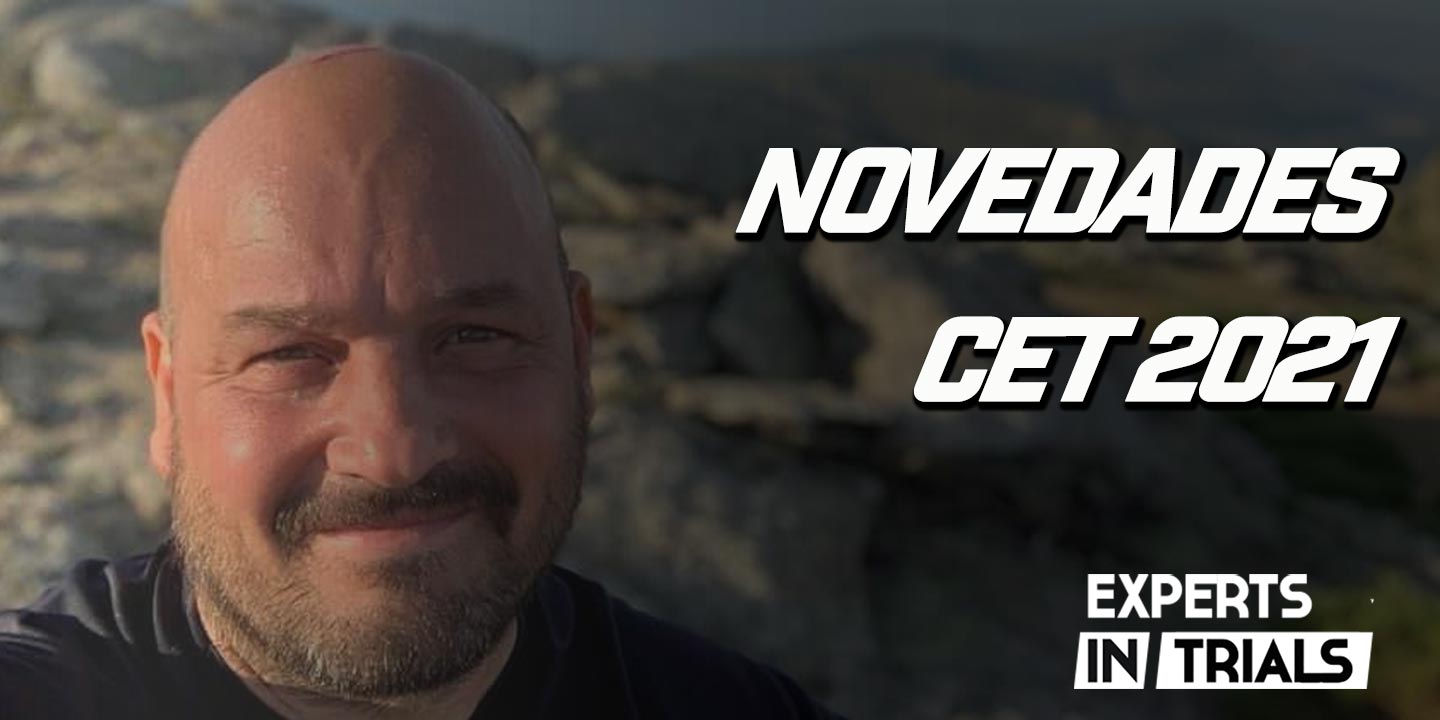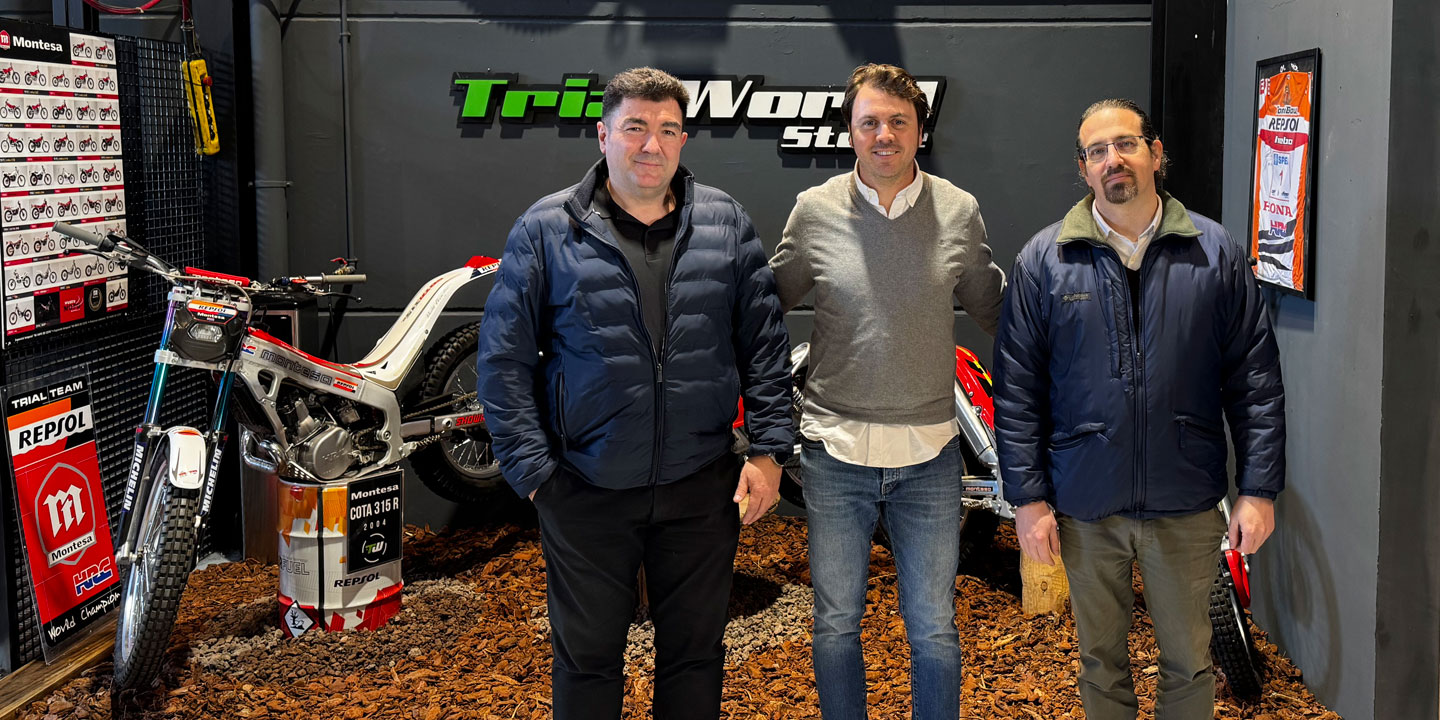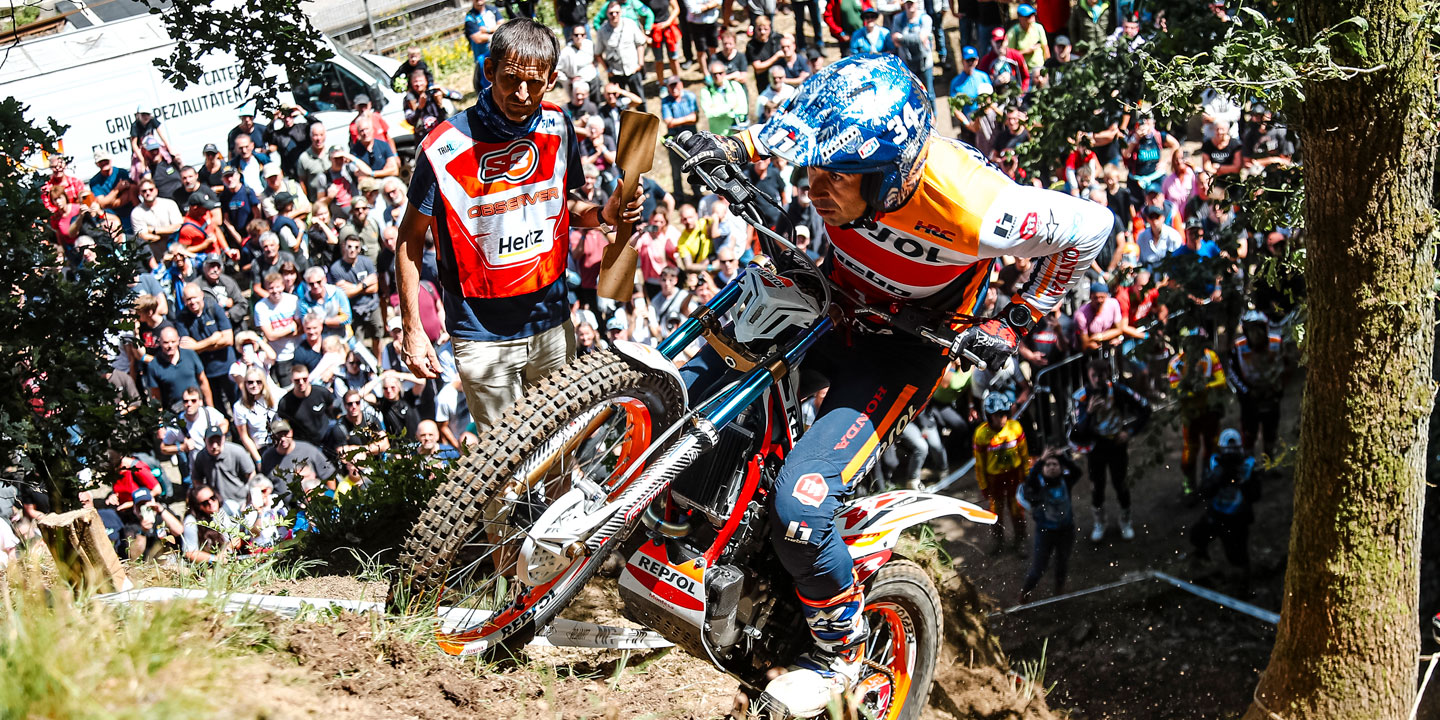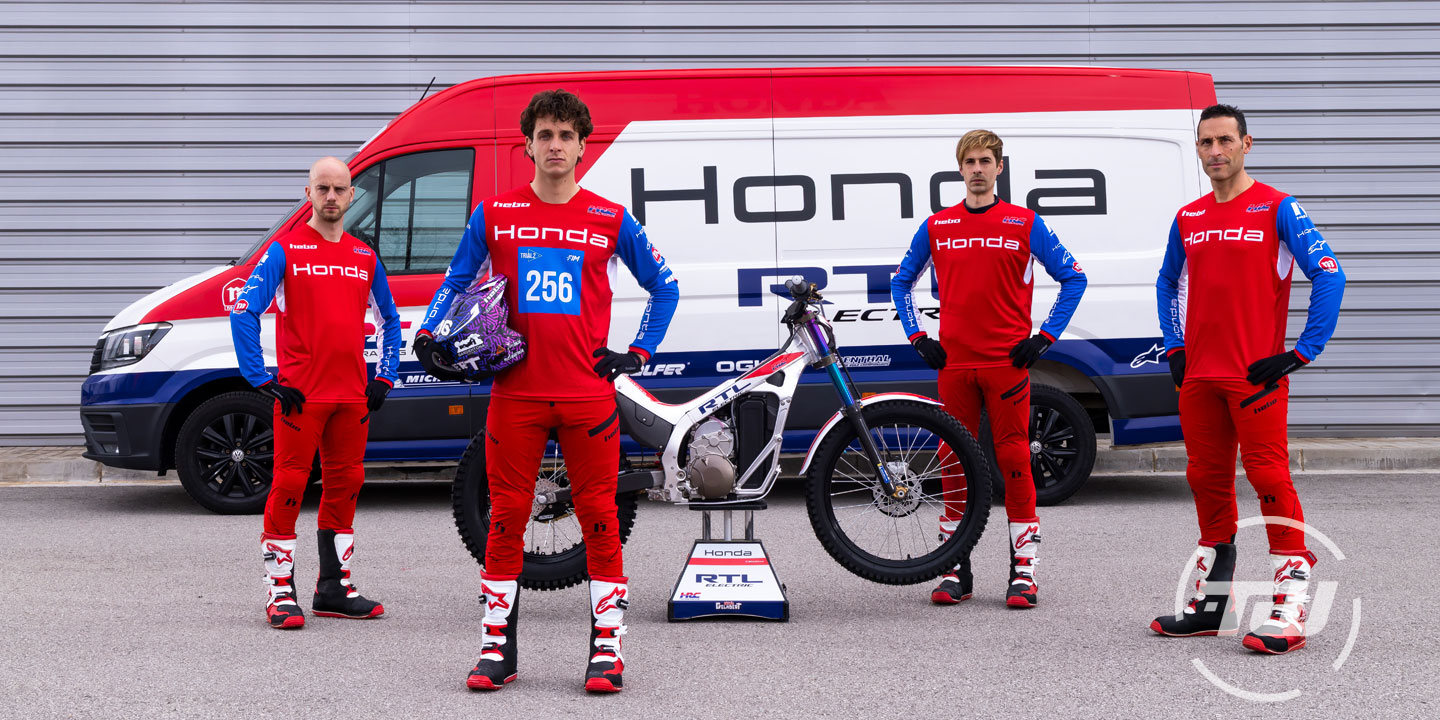After a 2020 season full of organizational complications and a great effort on the part of the organizing clubs and the RFME, we spoke with Jesús Plaza, official position of the RFME and our representative in the FIM.
There is no one better than him to explain to us what direction the regulations changes are going to take for this new season that begins on April 18 in the town of Arteixo in A Coruña.
NEWS CET regulation 2021
- New Veterans B Category
- The Trial-E category disappears
- Electric motorcycles race in their own right in the rest of the categories (limited to 125cc)
- Bonus points for time spent in the race
- Two hours to see the areas on Saturday
"Now each rider has a maximum time for each lap, three hours for the first lap and two for the second lap. Well, we're going to give a bonus to those who arrive earlier: every five minutes that the driver arrives before his time, one point will be deducted."
"The Trial-E category, reserved for electric motorcycles, disappears and they begin to compete in the rest of the categories, with certain restrictions in those where they compete with 125cc motorcycles."

Interview with Jesús Plaza about CET 2021
TRIALWORLD: What technical reading can you give us of the complicated 2020 season at the National Trial Championship?
Jesús Plaza: Actually, on the sporting side, there is nothing remarkable compared to previous seasons. The main effort has been at the organizational level due to the requirements of Covid19, such as masks, safety distances…
TW: And regarding 2021, what news are we going to find?
JP: One of the most important is the arrival of a new category, Veterans B, which aims to open up the range of levels even more so that practically any fan can enjoy the Spanish Championship. The only requirement is to have a national license, over 35 years old and a desire to have fun. The level is equivalent to that of Juvenil B.
TW: Any other changes at the category level?
JP: Actually, yes. The category of electric motorcycles (Trial-E) disappears and they begin to race in full right in the rest of the categories along with the combustion motorcycles, although with limitations depending on which categories. This has been done because the boom in the electricity market was not reflected in participation. Now, you decide which bike you want to race with, 2T, 4T or electric, in the category you prefer.
TW: Have you done any dynamic tests to see performance differences?
JP: Yes, just last week we were with the importer of Electric Motion in Ripoll doing a test with several pilots, in addition to another previous test with a test bench to understand power, torque and rev data.
TW: Any interesting conclusions?
JP: Basically, we have reached a compromise of limitation for lower categories, such as 125. We are now working on how we can technically verify that the pair is capped at 55%, which is the agreed value. We will work with some seals and the software of the bike. If you’re familiar with the Electric Motion, which has three maps, these have been recomposed. The strongest map is a little more than the original green, another that is a little less than green, and a third much smaller. In the rest of the categories there are no limitations.
TW: Electric motorcycles can’t be “stalled”. How is this penalty going to be resolved?
JP: Each bike has its advantages and disadvantages. It’s implicit in the technology, just like the 4T is less stalled than the 2T. However, on the other hand, an electric can weigh more, or have a less direct clutch. In addition, combustion engines with electric start are already beginning to proliferate, so it would not make sense to penalize the use of the button.
TW: Regarding the rest of the categories, are there any other news?
JP: On the one hand, we want to work on making areas more affordable, especially in lower categories. We can’t just think about the top-level riders, we can think about everyone having fun. This is something that we have to convey well to the organising clubs. With this we aim to exceed one hundred registered per race.
TW: Any other changes?
JP: Yes, we are going to focus on the aspect of time. The start will be every 1:30 to avoid crowds and traffic jams.
Another great novelty is the bonus of the schedule. Now each rider has a maximum time for each lap, three hours for the first lap and two for the second lap. Well, we’re going to give a bonus to those who arrive earlier: every five minutes that the driver arrives before his time, one point will be deducted. That is, if he arrives fifteen minutes early, three points would be subtracted from the overall calculation of the race with a limit of zero points. With this, we are looking for more agility, especially in the main categories.
TW: Doesn’t this lead to more running in the interzones?
JP: That is not what we intend. We don’t want them to be entertained by visiting the areas, but to speed up the pace of the race. This will also lead to the breakdown of that “internal order” where the pilots respect the turns of entering the zone. We know that running in the interzone you won’t gain five minutes, but you will be working on having less fun in the race.
Finally, we are also going to limit the time for reconnaissance of the areas during the day on Saturday. Now let’s control the schedules with a chip card. We will take the time at the departure of the visit to the areas, and validate afterwards on arrival. If the two hours are exceeded, there is a penalty.










